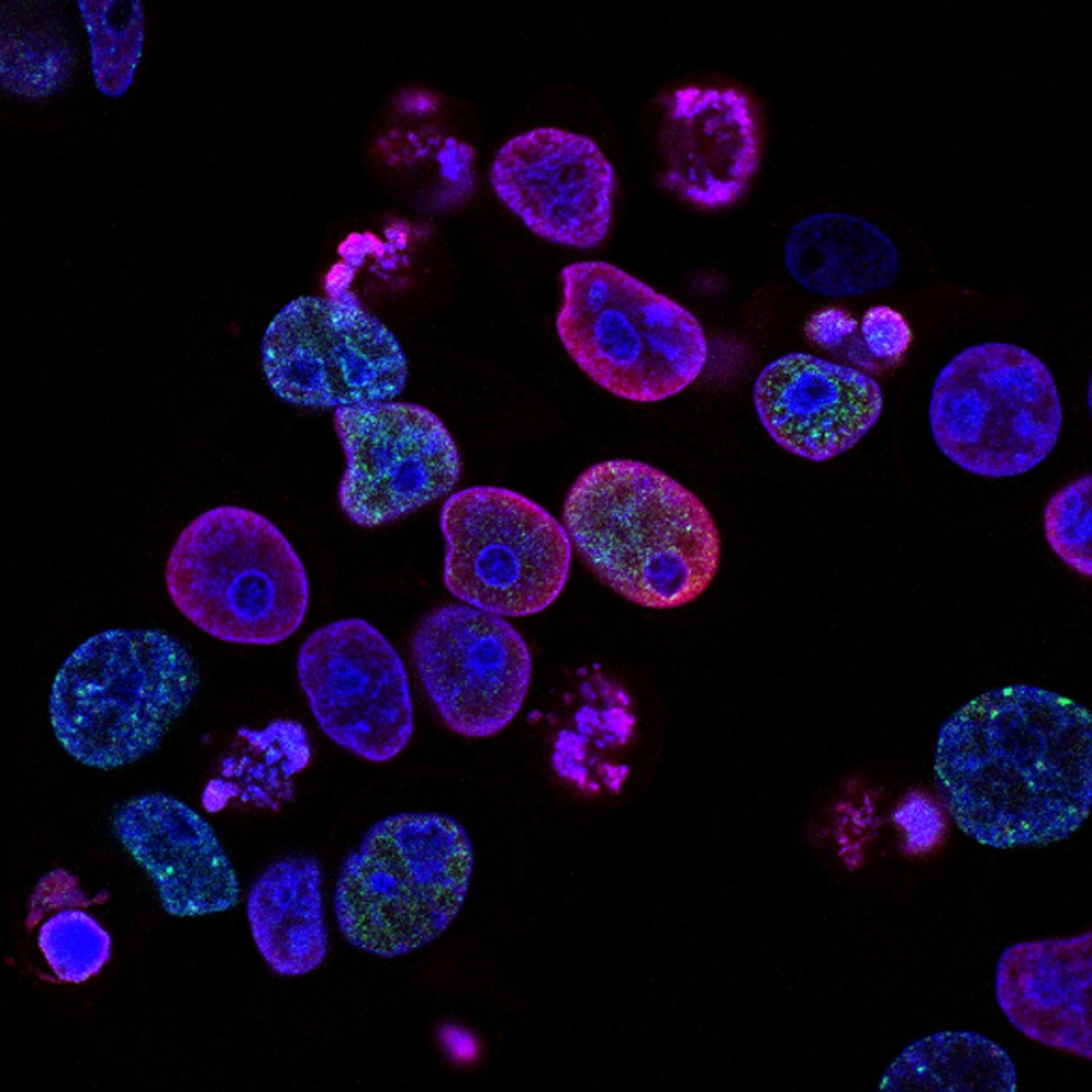They’ve got a menacing enough name – but what are they, and what is their role in human health?
Natural killer cells are also sometimes referred to as NK cells, killer cells, or just K cells. They’re a type of white blood cell, or lymphocyte, and form part of the innate immune system.
Wait – what do we mean by ‘innate’ immune system?
If you’re struggling a bit already, allow us to shed some light.
The innate immune system is effectively your body’s first line of defence against the various nasties – or non-self pathogens – out there that could cause you to become infected.
While various physical, chemical and cellular defences make up your innate immune response, it is, by nature, non-specific. So, you can’t depend on it to be as effective against invaders as the acquired, or adaptive immune system.
Instead, the purpose of the innate immune system is to provide a fast initial response to an immunological threat, effectively holding it off until your immune system is able to mount a specific response.
NK cells, then, are on your side
So, if you can understand everything we’ve said so far, let’s move onto the natural killer cells themselves.
NK cells are key contributors to your innate immune system, helping to defend against invading pathogens and cancer, and capable of producing various cytokines and chemokines as part of the regulation of your immune response.
They constitute between 5% and 15% of human peripheral blood, and while they are certainly important in immune defence, they also have a major part to play during pregnancy. Uterine NK cells increase substantially in response to sex hormones, and are thought to promote placental growth.
How do these killer cells actually work, then?
Natural killer cells are initially produced within your bone marrow’s primary lymphoid tissue, maturing there before moving to secondary lymphoid tissues for terminal maturation.
The popular name of these cells, by the way, is inspired by their ‘natural’ killing capability, as they can kill tumour cells without any priming or prior activation. This distinguishes them from cytotoxic T cells, which need to be primed by antigen presenting cells.
NK cells constantly contact other cells while on patrol, and determine whether to kill these cells on the basis of a balance of signals from activating receptors and inhibitory receptors on the surface of the NK cell.
Activating receptors recognise molecules expressed on the surface of cancer cells and infected cells, which causes the NK cell to be ‘switched on’. With these tumour or infected cells no longer able to deliver a strong inhibitory signal, the NK cells attack and eliminate them.
Meanwhile, inhibitory receptors prevent NK cells from killing. With normal healthy cells usually expressing what are known as MHC I receptors that mark the cells as ‘self’, this is recognised by the inhibitory receptors on the surface of the NK cell, thereby ‘switching off’ the NK cell, and preventing the healthy, normal cells from being attacked.
One of your body’s natural wonders
The ability of natural killer cells to kill tumour cells has led to them playing a key role in cancer immunotherapies, and indeed, treatments continue to be developed that capitalise on these cells’ killing capabilities for the good of human health.
There you have it – a short introduction to the stealth warriors that are your body’s natural killer cells. They’re an unsung and little-known part of the immune system among the wider public, but that doesn’t do anything to negate the remarkable role that these cells play in keeping us well.







Leave a comment
All comments are moderated before being published.
This site is protected by hCaptcha and the hCaptcha Privacy Policy and Terms of Service apply.